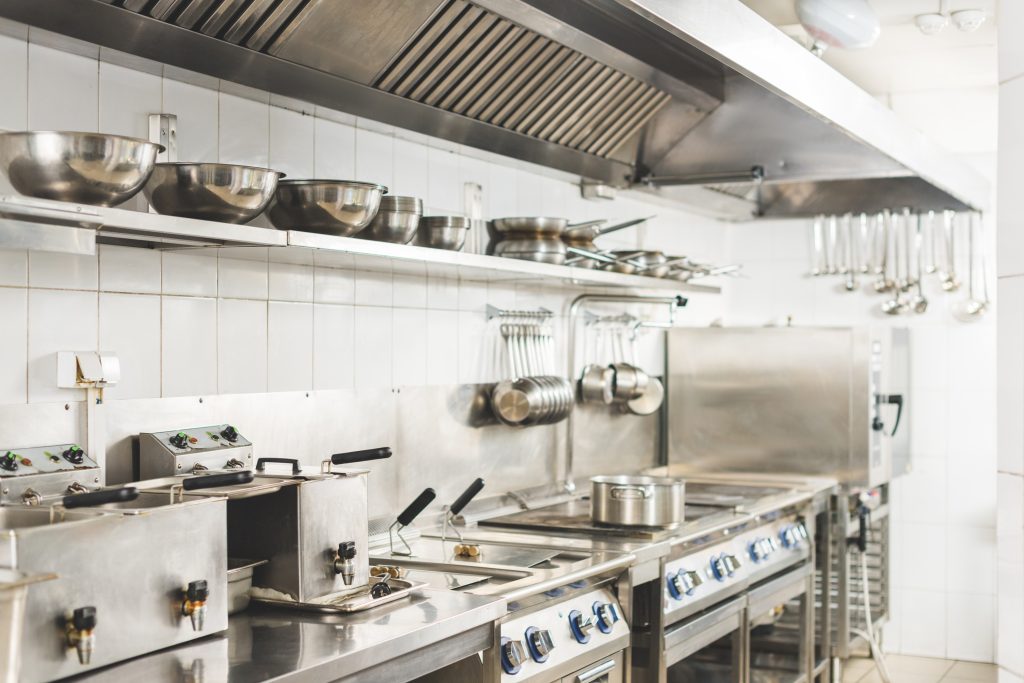
Many restaurant owners consider DIY hood cleaning as a cost-saving measure, not realizing the potential financial risks and safety hazards involved. Cleaning commercial kitchen hoods requires specialized knowledge, proper equipment, and careful attention to industry standards.
DIY hood cleaning often leads to higher long-term costs through incomplete cleaning, equipment damage, and increased fire hazards that can result in expensive repairs or insurance claims. Professional hood cleaning services use industrial-grade solutions and equipment to remove grease buildup effectively, protecting your investment and ensuring compliance with safety regulations.
Regular professional hood cleaning maintains optimal kitchen ventilation, prevents fire hazards, and extends the lifespan of your equipment. The initial cost of professional service pays for itself through reduced maintenance issues and lower insurance premiums.
Key Takeaways
- DIY cleaning methods often miss critical areas and leave dangerous grease deposits behind
- Professional hood cleaning services use specialized equipment that prevents costly equipment damage
- Regular professional maintenance reduces fire risks and helps avoid expensive emergency repairs
Hidden Costs of DIY Hood Cleaning
Many restaurant owners underestimate the true expenses and risks associated with cleaning their own kitchen hood systems. Beyond the obvious financial costs, DIY hood cleaning often leads to unexpected expenses and potential liabilities.
Equipment and Supply Expenses
Professional-grade degreasing solutions cost $50-100 per gallon. High-quality scrapers, brushes, and safety equipment add another $200-300 to initial costs.
Proper protective gear including chemical-resistant gloves, goggles, and non-slip boots requires an investment of $150-200 per person.
Specialized tools like pressure washers and steam cleaners range from $500-1,500 for commercial-grade equipment that meets safety standards.
These supplies need regular replacement due to wear and chemical exposure, creating ongoing expenses every 3-6 months.
Unseen Labor and Time Investments
A thorough hood cleaning typically takes 4-6 hours for an experienced team. DIY cleaners often need 8-10 hours due to the learning curve.
Staff must be paid overtime or pulled from regular duties, impacting normal operations and labor costs.
Training employees on proper cleaning techniques and safety protocols requires additional time and resources.
The process often needs multiple workers for safety, doubling or tripling the labor investment.
Risks of Incomplete Cleaning
Improper cleaning leaves grease buildup in hard-to-reach areas, creating fire hazards that insurance may not cover.
Missing spots during cleaning can lead to bacterial growth and failed health inspections.
Inadequate cleaning reduces system efficiency, increasing energy costs by 15-25% due to poor airflow.
DIY methods often can’t reach deep into ductwork where dangerous accumulation occurs.
Financial Impact of Compliance Violations
Health code violations from improper cleaning can result in fines ranging from $500-5,000 per incident.
Fire marshals may issue citations of $1,000-10,000 for non-compliant hood systems.
Insurance companies can deny claims if maintenance records don’t show professional cleaning.
Business interruption costs from forced closures average $2,500 per day until violations are corrected.
Why Professional Hood Cleaning Is More Cost-Effective
Professional hood cleaning services maximize your investment through specialized equipment, insurance benefits, and preventive maintenance that protects your kitchen assets. The expertise and tools used by certified technicians create measurable value beyond the upfront service costs.
Advanced Tools and Methods
Professional cleaners use industrial-grade degreasers and specialized pressure washing equipment that remove grease more effectively than consumer-grade products. These tools access hard-to-reach areas where grease accumulates behind baffles and inside ductwork.
The high-pressure steam cleaning systems operated by certified technicians eliminate stubborn grease buildup that basic scrubbing cannot address. This thorough cleaning prevents grease fires and maintains proper ventilation.
Professionals document their work with before/after photos and detailed inspection reports, helping maintain compliance records for health and fire safety requirements.
Reduced Liability and Insurance Savings
Many insurance companies offer premium discounts when professional hood cleaning services maintain detailed service records. These savings can offset the cost of professional cleaning.
Professional services carry liability insurance that protects you if accidents occur during cleaning. DIY cleaning accidents could lead to costly repairs or worker compensation claims.
Regular professional cleaning reduces fire risks, which can lower insurance premiums by up to 15% annually depending on the provider.
Long-Term Protection for Your Kitchen
Professional cleaning extends the lifespan of hood systems and ventilation components by preventing corrosive grease buildup. This reduces repair and replacement costs.
Certified technicians identify potential issues during cleaning and can address minor repairs before they become major problems. Early detection saves significant repair costs.
Professional services remove grease from fan motors and other mechanical parts, improving energy efficiency and reducing utility costs. Clean hoods operate more efficiently and require less maintenance between cleanings.
